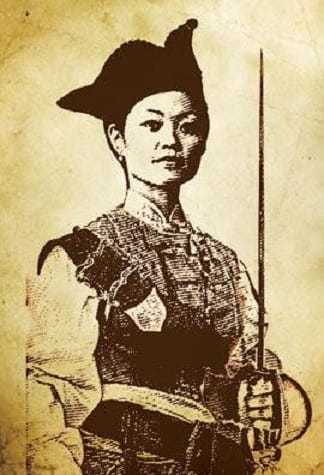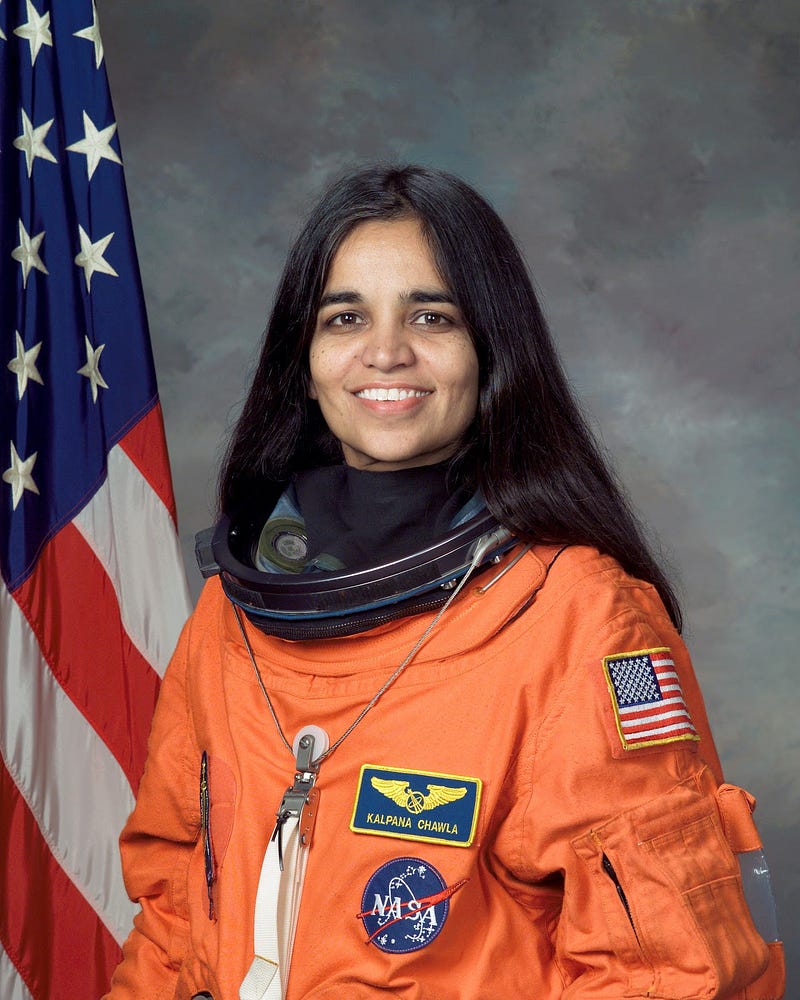Women’s History Month: The Women Who Left Their Legacies
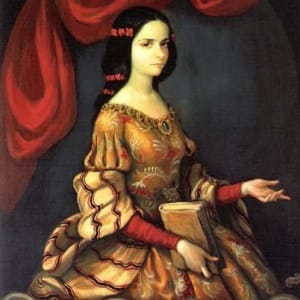
Women’s History Month: The Women Who Left Their Legacies Behind
The modern world we live in right now could not be what it is today, had it not been for the actions and contributions of the people of yesterday. As we now enter the month of March, it is of utmost importance that we celebrate Women’s History Month, by valuing the work of the women who have defined, shaped and revolutionised society in every field imaginable. From medicine and sports, to spaceflight and politics, we honour and reflect upon the lives of several women who have left their mark behind in history.
Sor Juana Inés de la Cruz (12 November 1648–17 April 1695)
Known as “The Tenth Muse”, or “The Phoenix of Mexico”, Sor Juana Inés de la Cruz is highly regarded as a founding mother of Mexican literature. Not only was she an accomplished scholar, but she was also a poet, playwright, philosopher and composer.
Driven by her passion for learning, Juana took up every opportunity she could to read and write, for there was no formal education offered for girls at the time. To allow herself to learn to her heart’s content, she decided to become a nun and furthered her studies in the monastery of Hieronymite nuns. There, she wrote and amassed a great collection of works, from poems and dramas, to comedies and sonnets.
Her story does not merely pertain to her achievements in literature. As her works gradually gained more and more recognition, she was continuously criticised by the Church to give up her pen. She replied to this in the form of her poem La Respuesta, which advocated for the defence of women’s intellectual rights and abilities.
Sadly, she was eventually forced to sell all the books she had written and amassed, though some of her writings still remain to modern day. Yet, it is unmistakable that Juana was an early feminist who fought hard to make her voice heard beyond the walls of the convent, with the power of her words that still touch the hearts of society today.
“For those who are with greatness born should live not for themselves alone.”
— Poems, Protest, and a Dream: Selected Writings by Sor Juana Inés de la Cruz
Ching Shih, or Cheng I Sao (1775–1844)
If you thought the pirate ships that once sailed the Seven Seas were only led by men like Blackbeard or Henry Every, think again. Not only was Ching Shih a female Cantonese pirate leader, she is also regarded by many as the most successful pirate to prevail.
Before she was known as one of the most unshakeable pirates in history, she started from humble beginnings as a prostitute atop a floating brothel. In 1801, she married the tenacious pirate Cheng I. Six years into their marriage, though, Cheng I died in Vietnam. As a result, Ching Shih decisively took command of her late husband’s pirate fleet. Although it was rare for women to have been pirates, Ching Shih cemented her position as a formidable captain, showing no mercy towards any of her crew who broke the rules and codes of conduct on deck. The sole fact that she commanded as many as 80,000 men and 1,800 ships in her time shows the remarkable extent of her success as ‘the fearsome pirate queen of Asia’.
Eventually, she and her pirate fleet surrendered to the Portuguese Navy in 1809. After abandoning her life as a pirate, Ching Shih lived peacefully as a salt trader and brothel owner until the time of her death in 1844.
Mary Seacole (23 Nov 1805–14 May 1881)

Although she did not hold any professional qualifications, the heart and soul of Mary Seacole, as well as her skills and expertise in healing, helped establish her as one of the first nurse practitioners in history. From a young age, the British-Jamaican nurse had taken much interest in medical knowledge, varying from traditional Jamaican medicines to modern European remedies.
Throughout her lifetime, Seacole was a great aid to all those around her. From 1805 to 1853, Seacole aided victims of the cholera outbreaks in Jamaica and Panama. When the Crimean War broke out in 1853, Seacole was determined to contribute in the effort by providing medical aid to the British Army. However, the flames of prejudice blazed defiantly around her, for she was turned away everywhere she went to apply for a position as a nurse.
Still, it was Seacole’s strong will that drove her to burn even brighter. She set up the ‘British Hotel’, where soldiers wounded or exhausted from the war could reside in. Beyond that, she tended to the sick and injured even on the battlefield, and would give great comfort to dying soldiers. Through this, her compassion and love to help others shone brilliantly, and some soldiers even gave her the endearment ‘Mother Seacole’.
“Unless I am allowed to tell the story of my life in my own way, I cannot tell it at all.”
— Wonderful Adventures of Mrs Seacole in Many Lands by Mary Seacole
Babe Didrikson Zaharias (26 June 1911–27 September 1956)

Excelling in one sport is difficult enough. For Babe Didrikson Zaharias, she was an ace in multiple sports, including golf, baseball, basketball and track and field. She was arguably America’s greatest all-around athlete, and perhaps one of the most brilliant athletes in history.
Born Mildred Ella Didrikson, she was nicknamed ‘Babe’ after hitting five home runs in a single baseball game as a young girl. Her unwavering ardour for sports propelled her on a journey to excel in different kinds of sport. She started off as an all-American basketball player for the Golden Cyclones, before participating in the 1928 Olympics, where she set an astonishing total of 4 world records.
However, she is recognised by most as a legendary golf champion. Though she was not a natural at the sport, through countless hours of gruelling practice, she gradually skyrocketed to fame as a golfer. Altogether, she won 82 tournaments, of which she won 14 in a row. Determined to broaden the array of opportunities available for women golfers, she also helped found the Ladies Professional Golf Association (LPGA).
At a time when women were frowned upon for endeavouring in sports, Zaharias was a well-acclaimed figure, who never once let the harsh critique of the public hinder her from achieving greater heights. Her legacy continues on to modern day.
Anna May Wong (3 Jan 1905–3 Feb 1961)
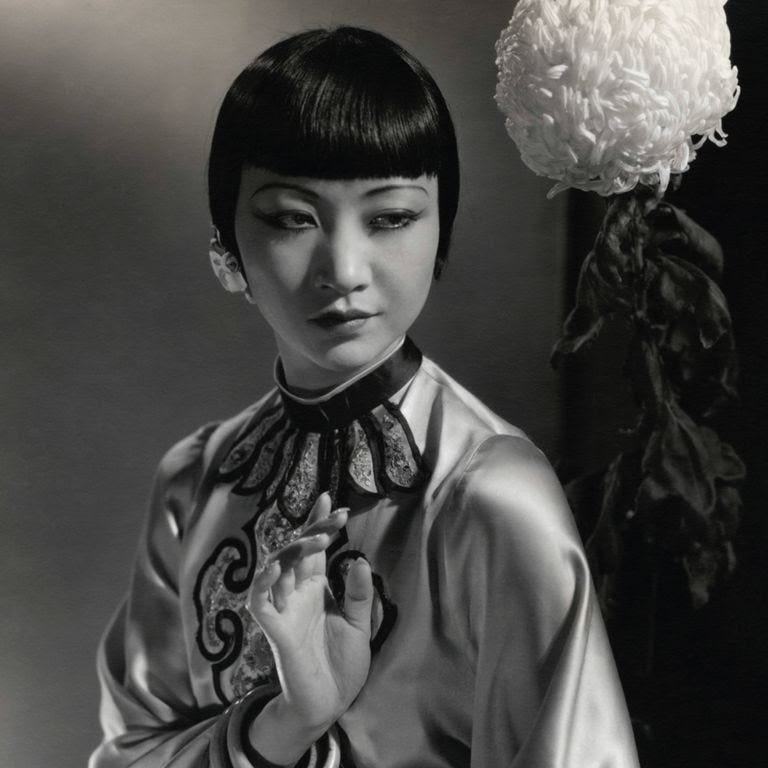
Considered to be the pioneer of Chinese-American actresses in Hollywood, Anna May Wong has certainly left a legacy of her own behind. Driven by her interest in films, she landed herself her debut role in the technicolour movie The Toll of the Sea at the young age of 17. Her extraordinary acting skills had caught the eye of the general public, and from then on, she continued to star in various other films, including major hits like The Thief of Baghdad and Peter Pan.
However, the roles she casted for were stereotypical, to say the least. Moreover, due to the miscegenation laws against mixed-race couples at the time, she was usually cast as a supporting role, whilst a white actress would take on the Asian lead character. Eventually, Wong grew frustrated by the mistreatment she was receiving in Hollywood. She soon took off for Europe to expand her horizons, though returned back to the States in the 1930s.
Throughout her lifetime, Wong starred in at least 60 movies. Most prominently, she began to pave the way for Chinese-Americans in the late 1930s, when she starred in lower-budget films that featured successful, non-stereotypical Asian characters, such as Daughter of Shanghai. Amidst an atmosphere of strife prejudice and racism towards the Chinese-American community, Wong became a beacon of hope for the community, thanks to her public image in the film industry and society.
Kalpana Chawla (17 March 1962–1 Feb 2003)
If you have yet to be impressed by these women in history, surely Kalpana Chawla will change your mind. She left her mark on this world as the first person of Indian descent to have travelled to space. With a love for flying and aircraft at a tender age, there left little doubt that she would strive towards her ambition to become an astronaut — and she achieved it.
In 1997, she joined the crew on the STS-87 for her first ever space mission, which ended with a success. Sadly, it was during her second space mission that she and her other fellow crew members met with the fatal Space Shuttle Columbia disaster on February 1, 2003, which killed all the astronauts on-board. After her death, she continues to be honoured and recognised all around the world for not only her work and contributions to the field of space, but also for her determination and undefeatable fighting spirit.
What makes her story such a legacy is the fact that she managed to capture her dreams of flying in space, despite growing up in a conservative nation that looked down upon women. Even 18 years after her death, she continues to inspire girls and women the world over that accomplishing your dreams isn’t something unattainable — you just need to keep your head held high and aim for the stars.
“The path from dreams to success does exist. May you have the vision to find it, the courage to get on to it, and the perseverance to follow it. Wishing you a great journey.”
— Kalpana Chawla
Wangarĩ Maathai (1 April 1940–25 September 2011)

Born in Kenya, Wangarĩ Maathai was an outspoken activist, who fought for human rights, environmental conservation and peace. She became the first woman in East and Central Africa to earn a doctorate degree. Aside from teaching veterinary medicine, she delved into voluntary work in different organisations, such as the National Council of Women of Kenya (NCWK) and the Kenya Red Cross Society.
One of her most notable works sprouted after attending the first United Nations Conference on Human Settlements — the Green Belt Movement. This movement was established in 1977 under the NCWK, and aimed to introduce community-based tree-planting to battle against deforestation and empower communities, especially young girls and women. To this day, the movement has planted an incredible feat of more than 51 million trees in Kenya.
Moreover, she used her voice to push for human rights, including fighting against land grabbing and for the protection of green spaces in Kenya. To honour Maathai’s contributions and achievements, she was awarded the Nobel Peace Prize in 2004, making her the first African woman to receive it. Her resilience and forthright nature were what established her significance as a peace hero.
“Human rights are not things that are put on the table for people to enjoy. These are things you fight for and then you protect.”
— Wangarĩ Maathai
Vigdís Finnbogadóttir (15 April 1930 — )
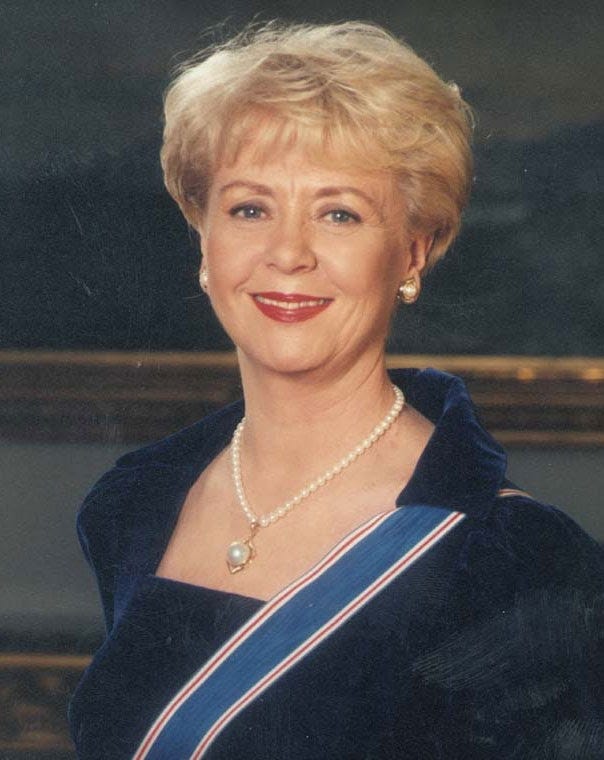
As we touch upon the topic of women in political history, it would be a must to acknowledge the work of Vigdís Finnbogadóttir, the former president of Iceland. She is a distinguished figure who certainly made history when she became the first democratically-elected female president in the world.
In her younger years, Vigdís taught foreign languages and was involved in theatre work, before she became a founding chair of the Council of Women World Leaders. During the presidential election in 1980, Vigdís ran for the position against 3 other male candidates, with the desire to prove to society that women could run for office. Much to her own surprise, she was elected as the head of state of Iceland, and continued to run for 16 years; this also makes her the longest-serving female head of state in the world.
Her tenure certainly prompted a surge in the number of women who took up parliamentary positions in the Nordic nation. At the time of the presidential election, only 5% of the parliament was made up of women; after Vigdís was elected, this percentage grew to about 38% today. This has led Iceland to become the most gender-equal parliament in the world.
Even after leaving her position as president, Vigdís has shifted her focus towards fighting for democracy, equality and human rights as a UNESCO Goodwill Ambassador. On top of that, she continues to promote the Nordic culture and language. There remains little doubt that even at the ripe age of 90, Vigdís is still admired by society as a woman with a huge heart and an unyielding vehemence in the fight for world peace.
Sybil Kathigasu (3 September 1899–12 June 1948)
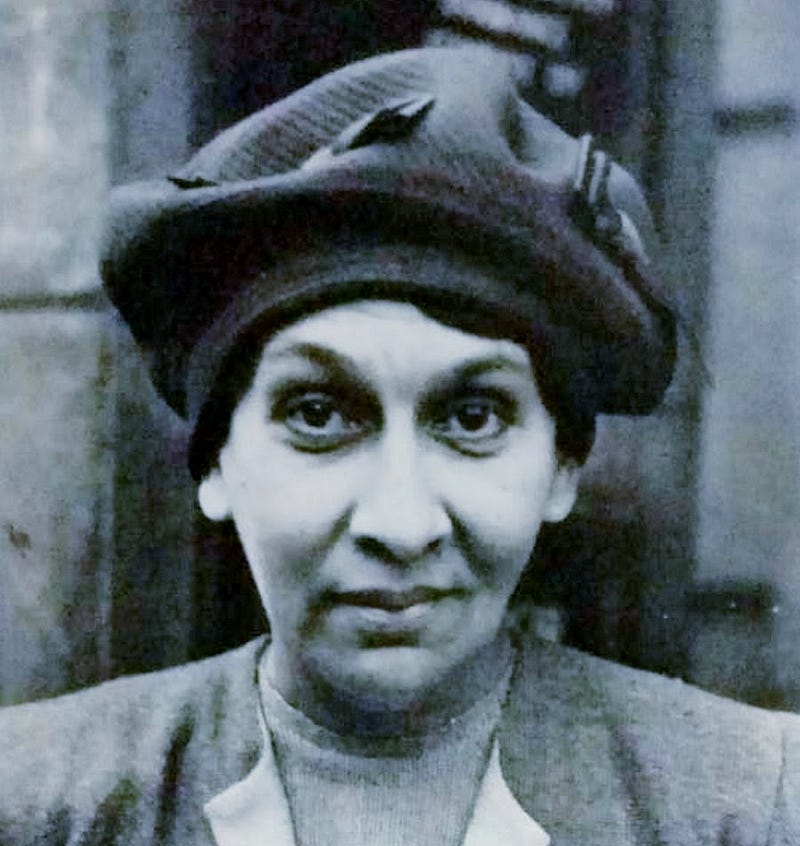
Against the backdrop of World War II, Sybil Kathigasu played a significant role in the resistance against the Japanese occupation of Malaya. She is undeniably regarded as one of the bravest figures in Malaysian history, though she remains largely unrecognised even to this day.
As a nurse and midwife, she aided injured soldiers fighting against the Japanese in her shophouse-turned-clinic. She knew full well that she would be held accountable for her actions were she to be caught, yet she persisted. She even owned a radio that received foreign broadcasts, a crime that was punishable by death.
Eventually, she was caught and tortured by the Japanese military police. Still, her composure never once faltered, and she persevered throughout her time in jail. As a result of the courage that she displayed, Sybil received the George Medal; she is the only Malaysian woman to have ever been honoured with this award. Sadly, her death came several months after, caused by the injuries she had sustained from her incarceration in jail.
Although her work did not significantly change the course of history, her acts of valour should not be washed away by time and ignorance. The sacrifices she had made in history were all done for the good of others, and that itself is a character that should be acclaimed.
“Harimau mati meninggalkan belang, manusia mati meninggalkan nama.” The achievements of the aforementioned women are clearly synonymous with this Malay quote. Yet, it must be noted that this is merely a surface-level commendation of the women who have left their mark on this world; in order to truly appreciate the work of the women spanning across decades and centuries, we must dive deeper still.
Yet, this is only the beginning — there is still so much space left for society to progress forward. To appreciate the work of the women of the past is one thing; to water the seeds that they have sowed is another. Hopefully, we as a community will be inspired to grow beyond the topsoil and extend our branches towards greater success in terms of gender equality on the whole, by empowering each other and continuing to challenge the world to change for the better.
[Written by: Chien Wen]


